In the realm of the Brothers Grimm, I expected to encounter eerie overgrown forests, charming medieval towns, and perhaps even a few gingerbread houses. However, I discovered that many of the Brothers Grimm’s tales originated from areas other than the Black Forest, primarily from central Germany.
Why did I associate them with this region? I’m not quite sure—perhaps it’s something I picked up from Disney.
Moreover, extensive logging in the 1700s and 1800s transformed much of the landscape into farmland. Only recently have eco-conscious locals begun efforts to restore the forest.
Despite these unmet expectations—or perhaps because of them—my weeklong adventure in the Schwarzwald (Black Forest) became the pinnacle of my summer travels. Visiting had been on my bucket list for ages, and I was thrilled to finally experience it. I only wish I could have stayed longer.
Located in the German state of Baden-Württemberg, this region is renowned for its lush forests, exceptional hiking trails, magnificent waterfalls, fertile farmlands, iconic cuckoo clocks (which were invented here!), and historic towns (most of which survived World War II relatively unscathed).
Given the vastness of the area—and the confusion that many blogs create when planning a route—I wanted to provide you with a straightforward itinerary.
Getting to the Black Forest is easy: You can fly into either Frankfurt to the north or Zurich to the south, followed by a 1-2 hour train ride to your chosen starting city.
What’s the Ideal One-Week Route?
If you have a week, I recommend following this route, starting from Frankfurt (or reversing it if you’re coming from Switzerland):
Heidelberg (2 days)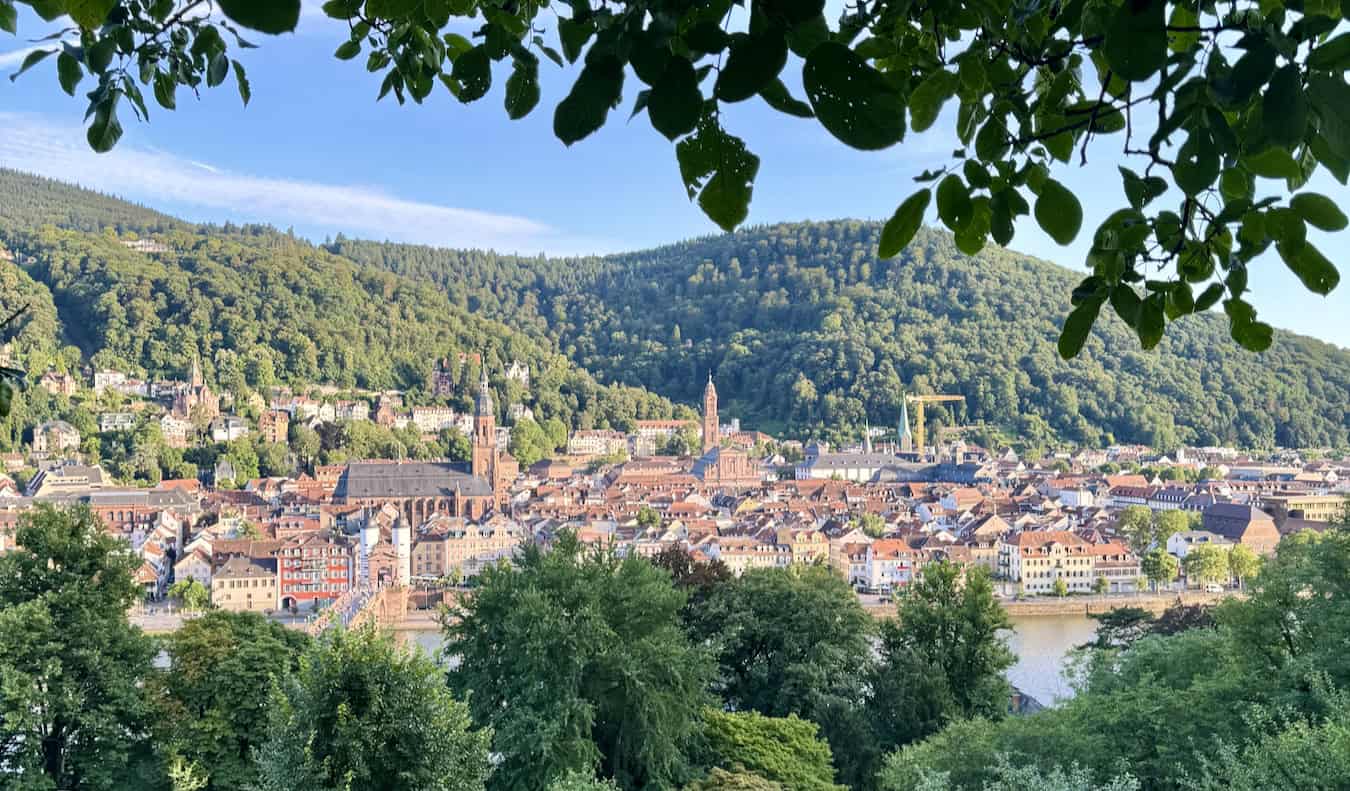

This charming university town is rich in attractions, offering numerous viewpoints and short hikes easily accessible from the city center. Don’t miss out on the castle and its gardens, which provide stunning views of the city. Make sure to join a guided tour, as it’s the only way to enter the castle (the grounds are free to explore). You can also check out the university jail (which housed rule-breaking students until World War II), the Heidelberger Kunstverein contemporary art museum, and the local theater. Additionally, there are various hiking trails leading to the mountains across the river.
Baden-Baden (2 days)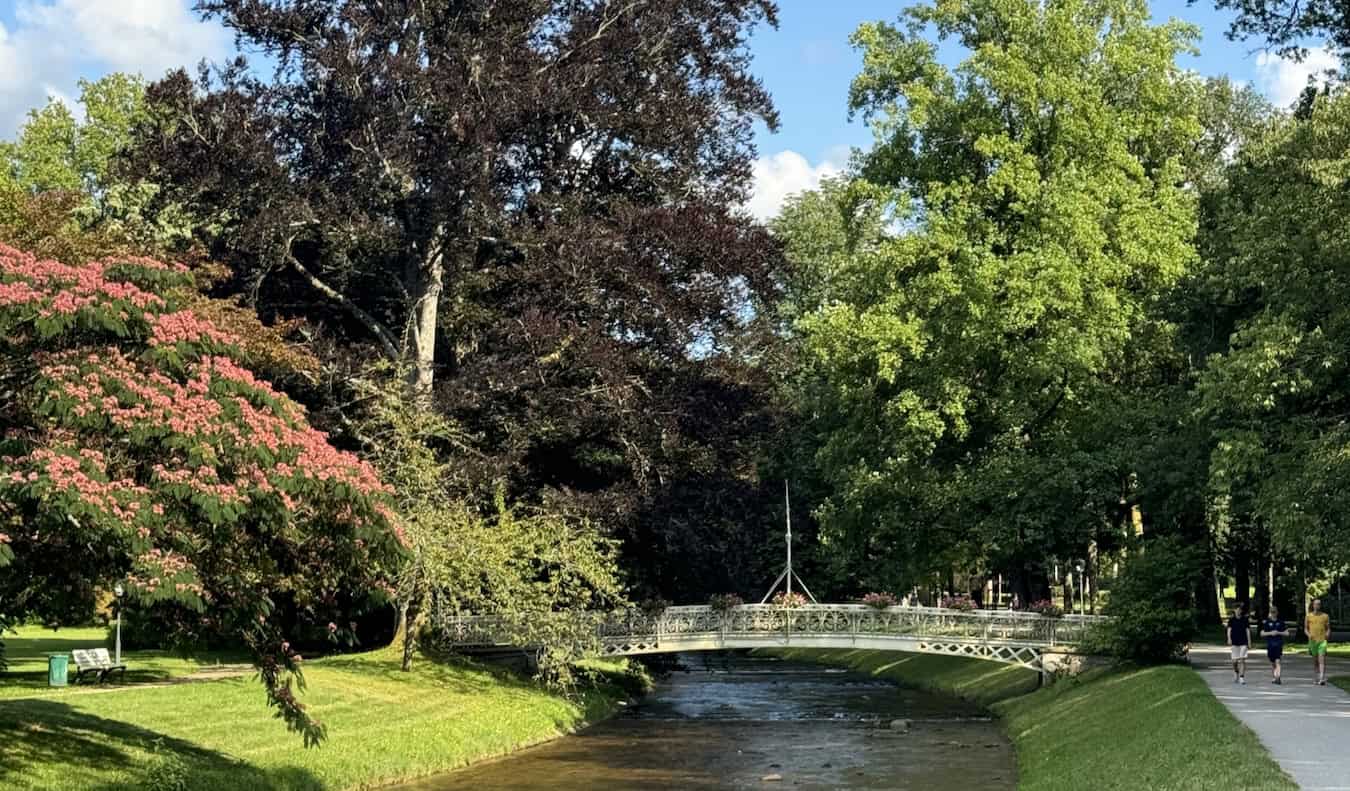

This renowned spa town is famous for its natural hot springs, first discovered by the Romans. During the 18th century, the baths and the casino (think of a less glamorous version of Monaco) drew Europe’s elite and nobility. Today, Baden-Baden remains a popular spa destination, featuring two main bathhouses (the historic Friedrichsbad is nude, while the newer Caracalla allows swimwear), along with Hohenbaden Castle, a funicular that takes you to the top of Hausberg mountain for panoramic views, and the Fabergé Museum. And, as expected in the Black Forest, there are plenty of hiking opportunities.
Freiburg (2-3 days)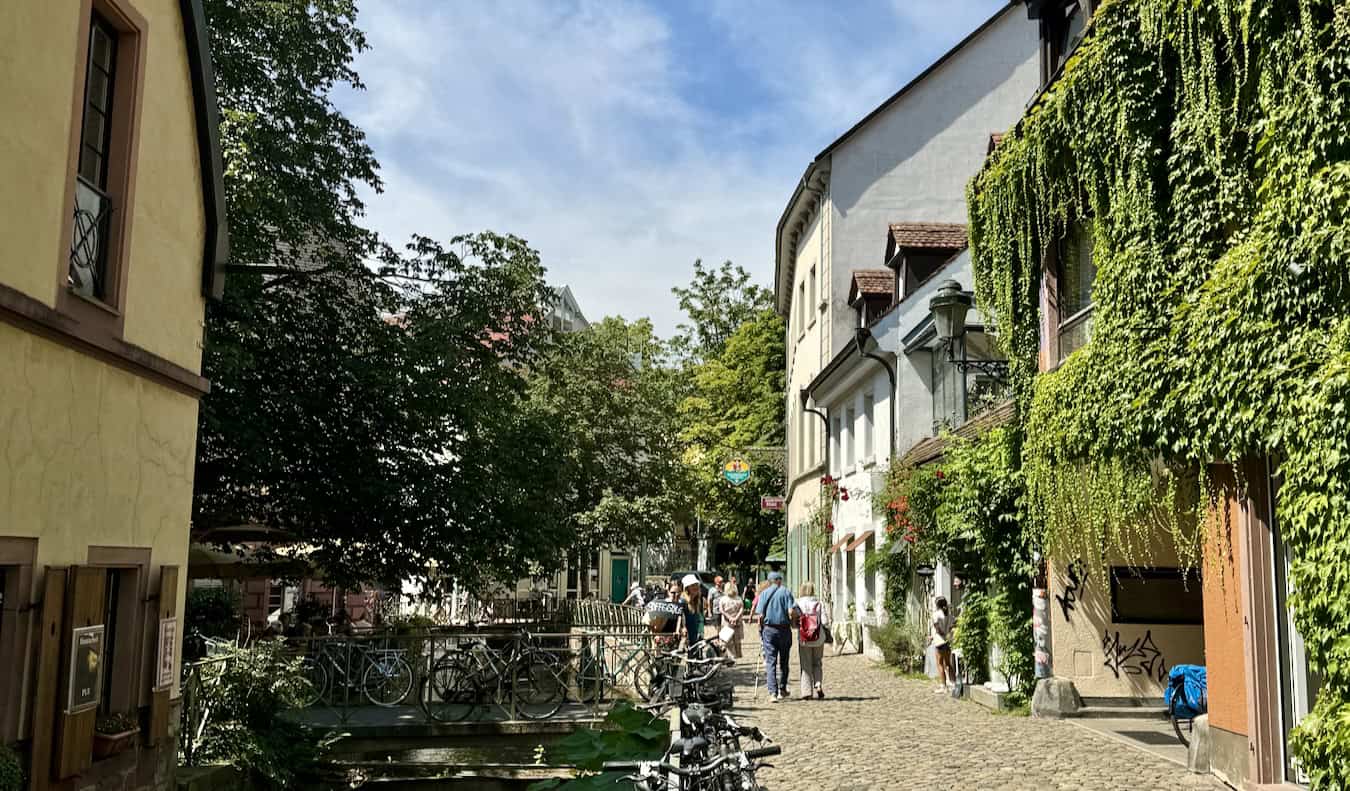

My favorite city in the region features a beautifully reconstructed center (most of it was destroyed during World War II), charming bächle (open streams) flowing through the streets, an outstanding food scene, and affordable prices thanks to the large student population. Key attractions include the cathedral, historic clock towers, the merchant hall, an archaeological museum, and Schlossberg (Castle Mountain), which boasts a castle (hence the name), breathtaking views of the city, and a variety of excellent beer gardens.
I recommend using Freiburg as a base for nearby hikes, like those in Ravenna Gorge, and for a visit to Triberg, known for its towering waterfall and oversized cuckoo clock. Ravenna Gorge offers an easy half to full-day hike depending on your desired exploration. You’ll navigate through the gorge, enjoy scenic waterfalls, and stroll across farmlands.
Triberg is famous for its massive waterfall and gigantic cuckoo clock. Though it takes a couple of hours to reach from Freiburg, I suggest treating it as a day trip since the waterfall and cuckoo clock are the primary attractions and I found spending a full night there somewhat dull.
What’s an Excellent Two-Week Route for the Region?
Offenburg (1 day, after Baden-Baden)
Offenburg, meaning “open borough,” is known for its medieval city wall, charming houses, and churches, with roots as a Roman settlement. The town features a variety of buildings in Baroque, Gothic, and medieval styles. Be sure to visit the castle, history museum, and the Black Forest Open Air Museum, which is about a 40-minute drive from Offenburg.
Europa-Park (1 day, en route from Offenburg to Freiburg)
This theme park resembles a European Disneyland. It’s a fantastic and popular destination for locals, more affordably priced than Disney, providing a fun-filled day. You can stay either in the park or in the nearby town of Rust.
Hiking around Titisee, Schluchsee, and Feldberg (2 or more days)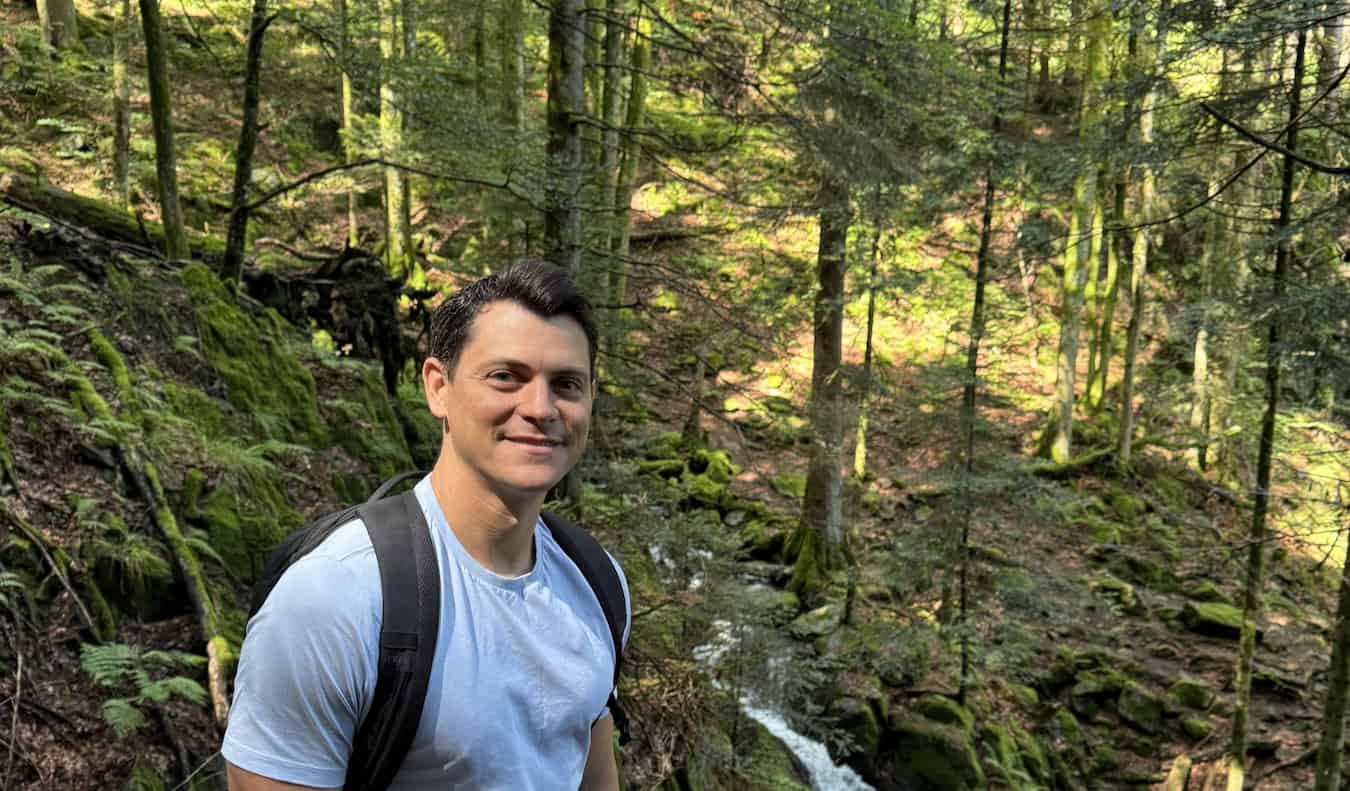

This area is abundant with lakes and hiking opportunities, allowing you to extend your time in nature as needed. If you seek water activities, Titisee is a town situated on the lake of the same name, while Schluchsee is another popular spot for locals. Alternatively, you can use Feldberg as a base for various day hikes. No matter where you go, you’ll encounter numerous hiking trails.
How to Navigate the Region?
While renting a car is the most convenient way to explore the Black Forest region, you can also travel by bus and train, which is what I opted for. Keep in mind that while trains are frequent, bus schedules can be limited, especially on Sundays, when many Germans take the day off. If you choose not to rent a car and wish to visit smaller towns, be sure to check the train and bus schedules in advance.
The Black Forest was a highlight of my summer in Europe. It was where I met the most people, had the most fun, and went on the most incredible hikes. I loved the atmosphere there. If you enjoy charming towns, budget-friendly travel, outdoor adventures, and delicious food, the Black Forest is definitely a region worth exploring.
Your Comprehensive Budget Guide to Europe!
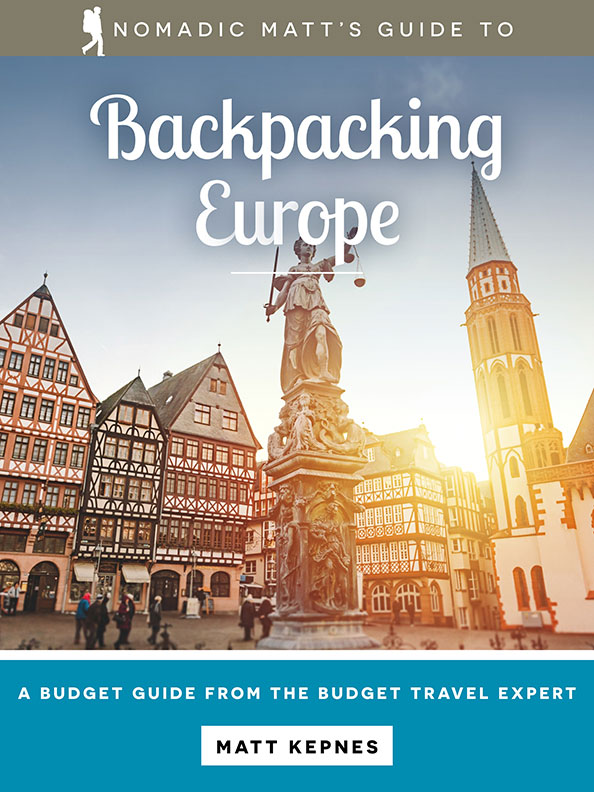

My extensive 200+ page guidebook is designed for budget travelers like you! It eliminates unnecessary information found in other guides and provides only the practical details you need for your European travels. It includes suggested itineraries, budgets, money-saving tips, off-the-beaten-path attractions, non-touristy dining options, markets, bars, safety guidelines, and so much more! Click here for more details and to grab your copy today.
Plan Your Trip to Germany: Tips and Advice
Book Your Flight
Use Skyscanner to find affordable flights. It’s my preferred search engine as it covers numerous websites and airlines worldwide, ensuring you find the best deals!
Reserve Your Accommodation
You can book your hostel through Hostelworld, known for its extensive inventory and unbeatable deals. For non-hostel accommodations, use Booking.com as they consistently provide the lowest rates for guesthouses and budget hotels.
If you’re looking for specific places to stay, here’s a comprehensive list of my favorite hostels in Berlin.
Consider Travel Insurance
Travel insurance can safeguard you against illness, injury, theft, and cancellations. It provides comprehensive coverage in case of unforeseen circumstances. I never embark on a trip without it, having relied on it several times in the past. My top recommendations for affordable and reliable options are:
Seeking Top Companies for Cost Savings?
Explore my resource page for the best companies to save money while traveling. I list all the trusted services I utilize for cost savings on the road.
Need More Information on Germany?
Be sure to check out our detailed destination guide on Germany for more planning tips!



